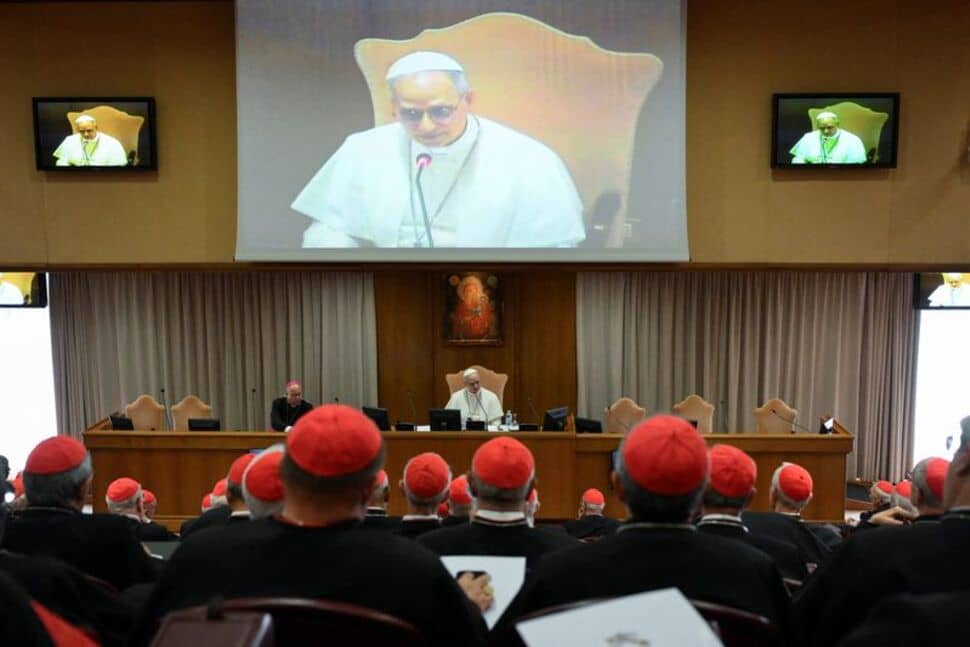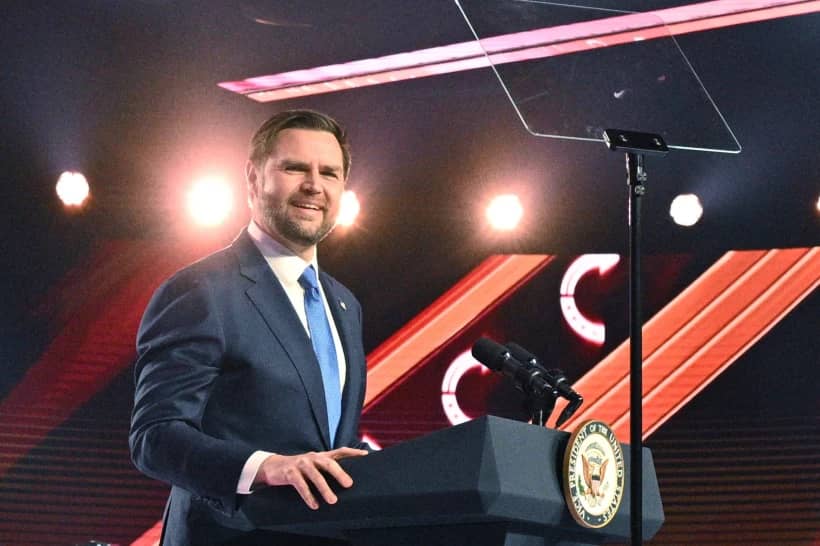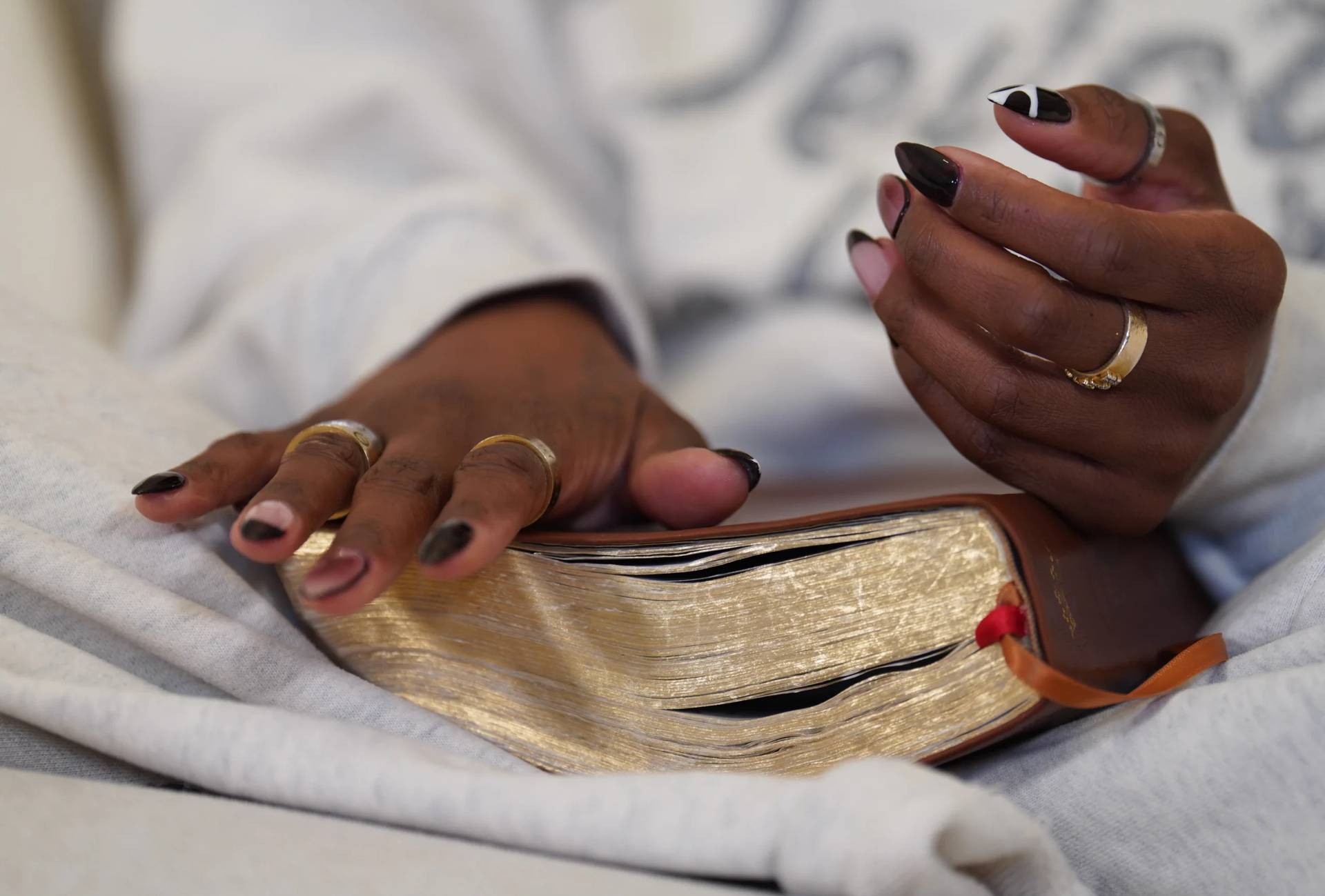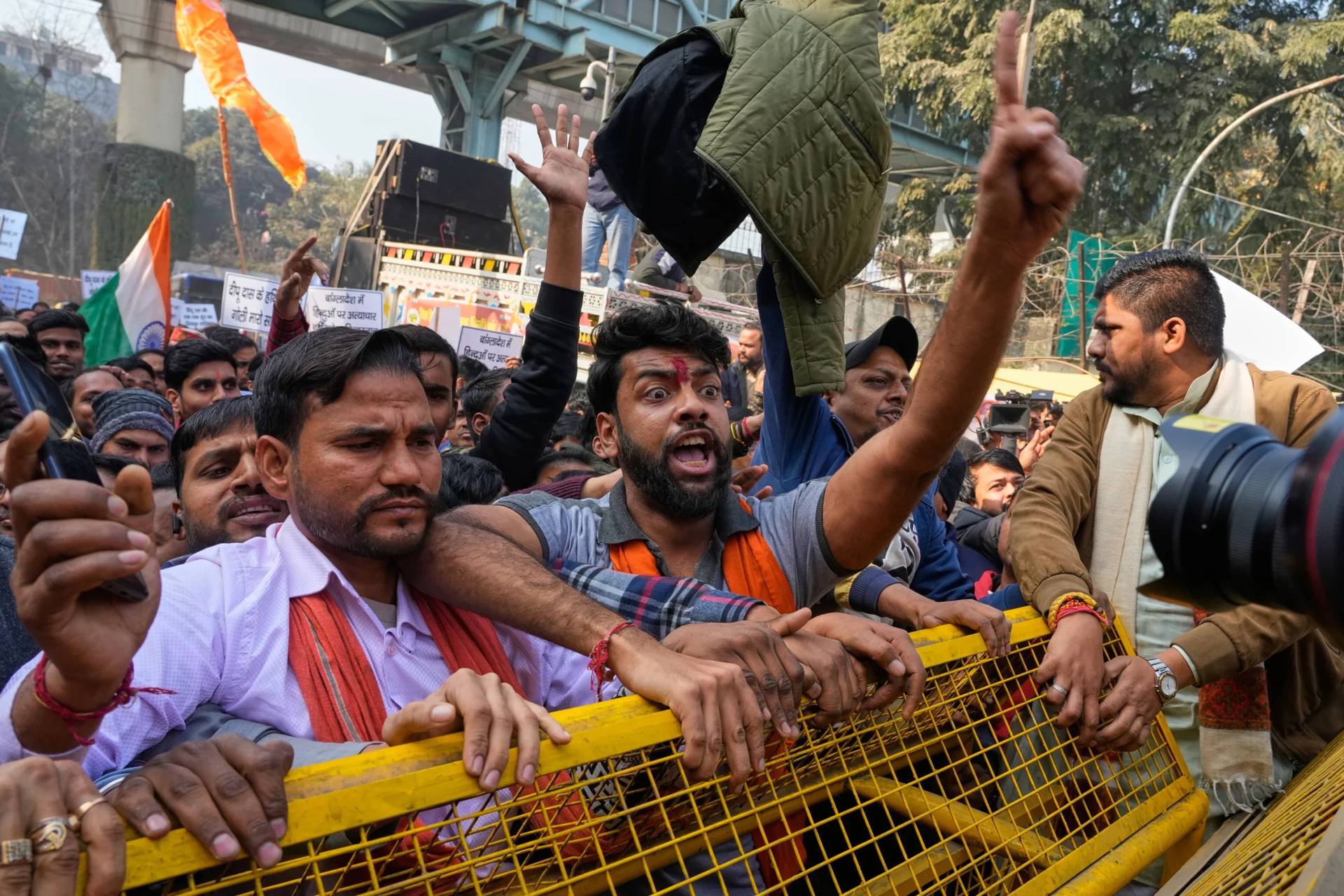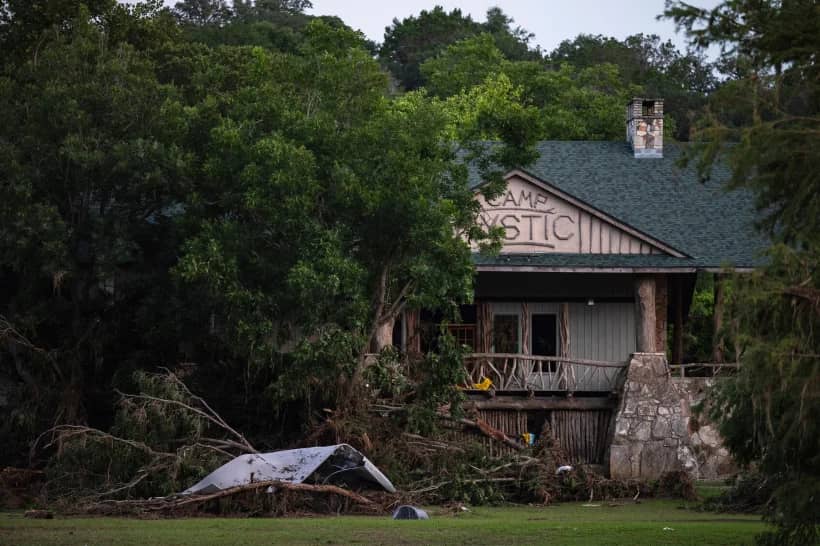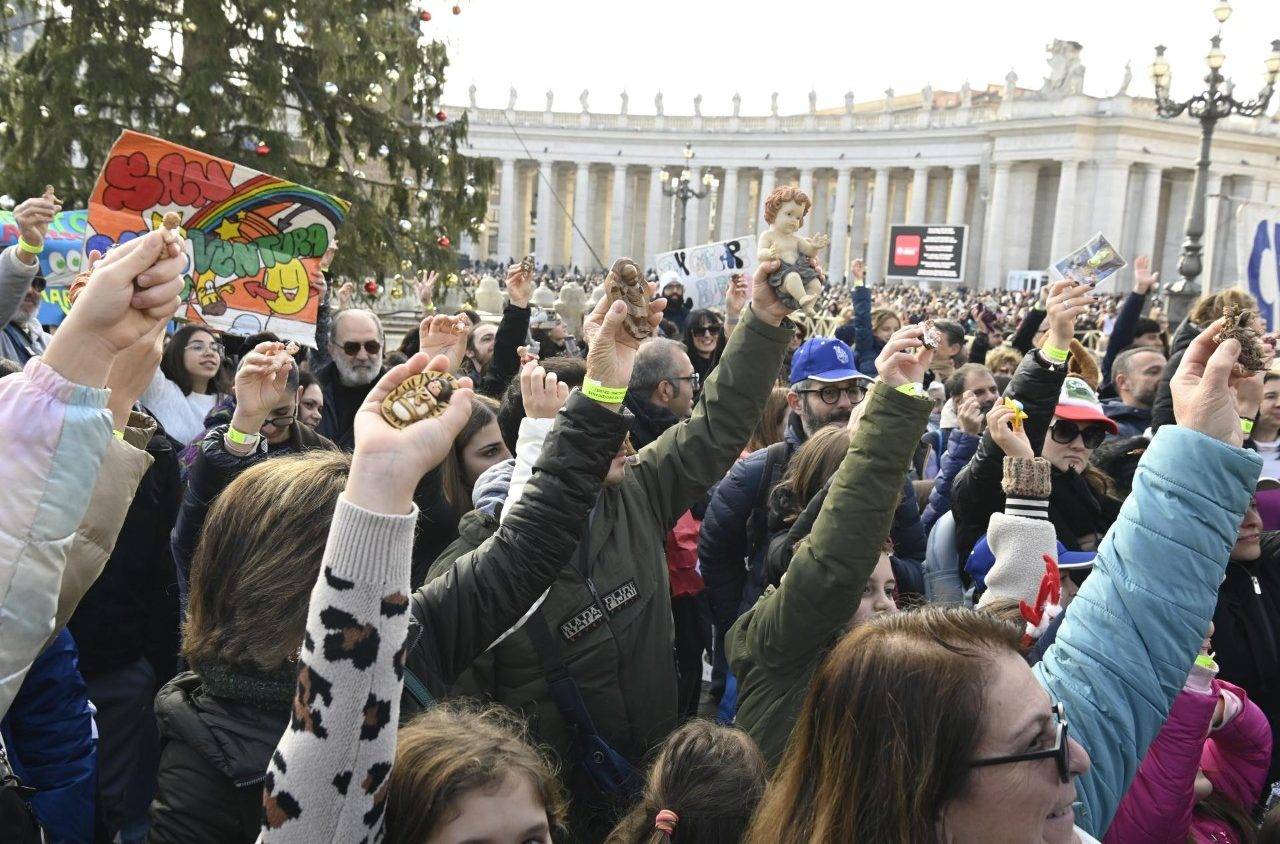ROME – Ironically enough, two of the leading Italian protagonists in battles over interpretation of the Second Vatican Council, which have defined Catholic debates for the past half-century, both sport the initials “A.M.” As if living up to their names, when the pair came together on Wednesday, the result was a rousing prime-time morning show.
The stars were Alberto Melloni, a lay Italian church historian, and Archbishop Agostino Marchetto, a former Vatican official and diplomat. They offered strikingly different answers to the same question: How did Vatican II understand the concept of “reform”?
For Marchetto, the most convincing reply to that question was given by Pope emeritus Benedict XVI in a now-famous Christmas address to the Roman Curia in December 2005: Change in Vatican II’s sense is neither “discontinuity” nor “rupture,” Benedict said, but “renewal in the continuity of the one subject, the Church, which the Lord has given to us.”
“The is the definitive hermeneutical key to the council, and has been from the beginning,” Marchetto said Wednesday. “It’s too bad it’s run into difficulty taking hold.”
For his part, Melloni insisted the unique thing about Vatican II is that the reform it wanted didn’t just look to the past, but was also open to the future.
“It was a reforming council that took it upon itself not to look just at evil and wounds, but to look at the face of Christ,” Melloni said.
“Vatican II introduced into discourse of the Church the idea that true reform isn’t just going back, but looking ahead,” Melloni said. “That’s not a matter of accommodation to the modern world, but on the contrary, of submission and obedience to the Gospel.”
Both men were speaking at a conference held at the Urbaniana University, where seminarians and other students from developing countries typically study in Rome. The gathering was titled “Reform of the Church and Reforms in the Church.”
Melloni is today director of the “Bologna school,” a research institute devoted to Vatican II and founded by historian Giuseppe Alberigo, which is widely seen as having produced the classic liberal Catholic reading of Vatican II. Marchetto, a former secretary of the Vatican’s Pontifical Council for Migrants and Refugees, is best known for his own conservative counter-reading of the council.
I once suggested Marchetto and Melloni are reminiscent of Don Camillo and Peppone, characters from a series of Italian novels and films in which a socialist mayor and a parish priest in a small town not long after WWII appear to be bitter rivals, but over time develop a grudging respect, and even affection, for one another.
That dynamic was also on display Wednesday, as each man seemed comfortable circling the other yet another time.
Marchetto offered an overview of earlier eras of great reform in the Church, including the Carolingian renaissance in the ninth century, the investiture struggle and the Gregorian reform in the high Middle Ages, the Council of Trent in the wake of the Protestant Reformation, and Vatican I in the 19th century.
In the course of all those upheavals, Marchetto suggested, many of the most urgent debates have come down to how to properly balance what he called the two great “pillars” of the Church – papal primacy, and collegiality and synodality among the bishops.
With regard to those two poles, Marchetto called for a “both/and” approach.
“What we need is et/et, not aut/aut,” he said, using the Latin expressions for “both/and” and “either/or.” He called that the “characteristically Catholic option, our via media.”
Marchetto suggested that’s the “traditional” position of the Church, and bristled at suggestions that it makes him a sort of ultra-conservative.
“Don’t label as a ‘traditionalist’ who is really just traditional,” Marchetto said. “We have to learn to distinguish.”
(His talk, by the way, was full of typically fascinating asides, such as his suggestion that the dogma of papal infallibility was “already present,” at least as an implication, in the way Pope Gregory led the Church at the peak of Medieval tensions between popes and kings over who gets to invest bishops with the symbols of their office.)
For his part, Melloni argued that over much of Church history, “reform” has been understood primarily as a return to something in the past.
“It proposes an earlier situation, arguing that current things ought to be carried back to that state,” Melloni said. “It’s a return to a previous state, a correction.”
By the time of the Council of Trent in the mid-16th century, Melloni said, that began to change, as the Church launched an ambitious reform program in response to the new challenge posed by the spread of Protestantism across Europe.
“If anyone owes something to Martin Luther, it’s the pope, because without Luther, Trent would never have happened,” Melloni said. “We wouldn’t have been able to imagine something like Trent, we wouldn’t have gotten there.”
A forward-looking vision of reform, Melloni said, came to full flower at Vatican II, where the drive wasn’t simple to revive the past, but to bring it creatively into a changing future. Interestingly, he observed, St. Pope John XXIII, who called the council, never used the word “reform,” preferring aggiornamento – “bringing up to date.”
Today’s challenge, Melloni said, is to protect this bold vision of reform from “those who don’t understand what was born in the Church of Rome” at Vatican II, and thus seek to “paralyze” and “reduce” it.
Reading between the lines, Marchetto was defending a more cautious reading of Vatican II, grounding it within the context of earlier developments, while Melloni was stressing the novel dimension of the council, how it didn’t just repeat the past but, in some sense, broke with it. It’s the same thrust-and-parry the two men have been practicing for years, only informed by their most recent scholarship.
In the end, perhaps one way to think about the rivalry between these two “AMs” is that each represents one of the two powerful currents which fed Vatican II. Melloni is on the side of aggiornamento, while Marchetto is more a man of ressourcement, a French word meaning “return to the sources.”
If Catholicism genuinely is the tradition of et/et, then it needs both aggiornamento and ressourcement to make reform complete – which implies, of course, that it also needs both Marchetto and Melloni.







